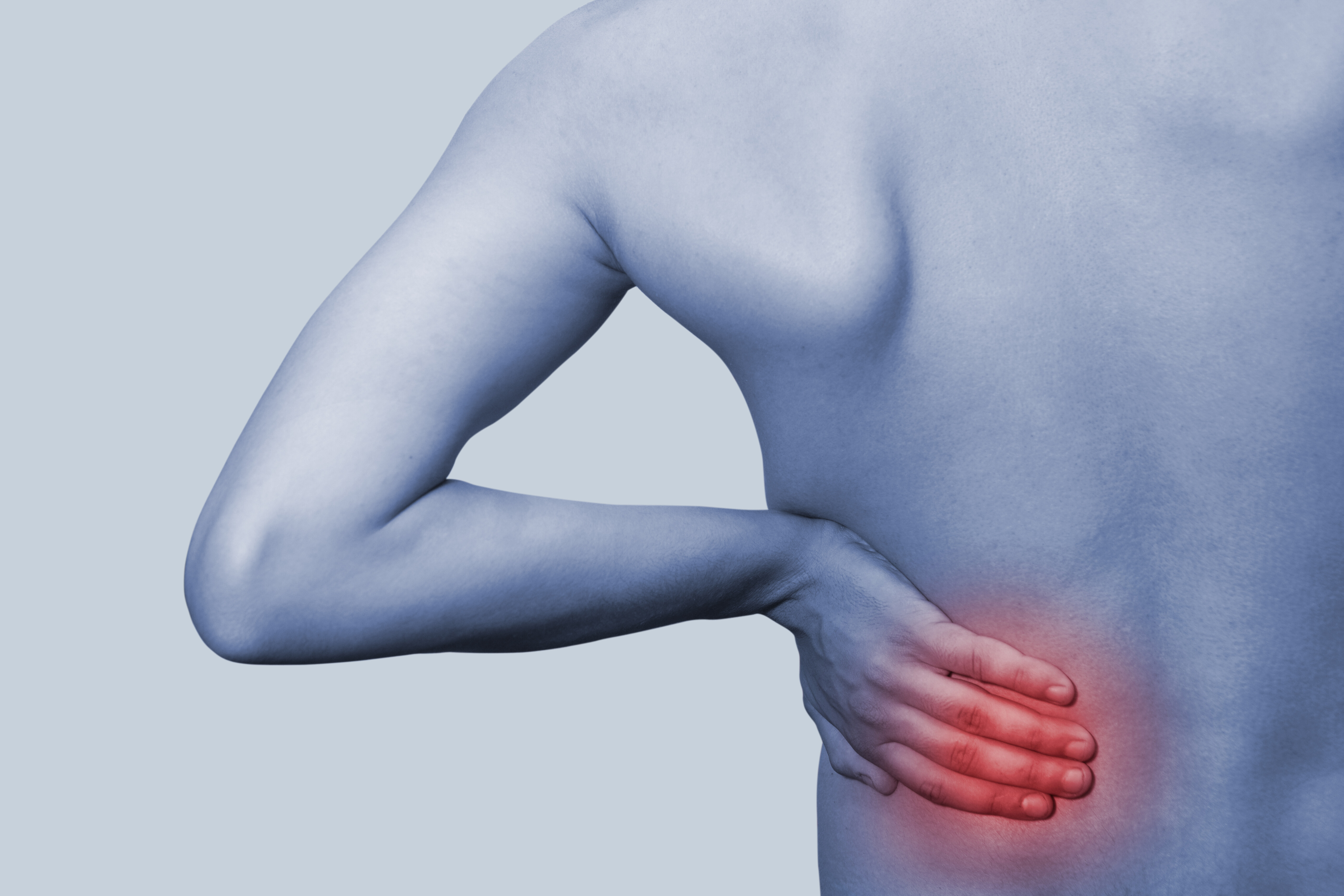
Pain is a complicated experience. It varies from person to person, even among those who have the same injury or illness. And the response to different pain treatments is variable, too. A one-size-fits-all approach simply doesn’t work.
That’s why the pain management specialists at Summit Health – Olabisi Asimolowo, MD; Kristen Cardamone, DO; and Joanne Owsiak, MD – take a comprehensive, individualized approach. They are all board-certified with fellowship training.
“Just because two patients come in with lower back pain, for example, doesn’t necessarily mean I’ll do the same things to treat it,” says Dr. Asimolowo. “I always tailor the therapeutic options to the individual patient.”
As part of Summit Health’s Department of Neurosciences, the pain management specialists collaborate with other members of the neurosciences team, including neurologists, neurosurgeons, spine surgeon, physical therapists, and chiropractors. Patients have access to a wide array of pain treatments, including innovative nonsurgical options.
Pain Comes in Many Forms
The pain management specialists at Summit Health treat both acute and chronic pain. Acute pain refers to pain caused by a recent injury or new medical problem. Chronic pain, on the other hand, refers to pain that has lasted for three months or longer. It can be complicated to manage, so it’s often what drives people to seek out specialized care.
These are just a few of the conditions treated by Summit Health’s pain management experts:
- Spinal stenosis refers to narrowing of the spine, which puts pressure on nearby nerves. It may lead to back, neck, or leg pain. It may also cause arm pain, numbness, or weakness.
- Lumbar radiculopathy is the compression or irritation of a spinal nerve root in the lower spine. It causes pain, numbness, or tingling that travels to other parts of the body.
- Joint conditions include arthritis of the hip, knee, and shoulder. Common symptoms are pain, stiffness, and swelling of the affected joint.
- Fibromyalgia is a condition that causes pain all over the body as well as other symptoms, such as fatigue and sleep problems.
- Complex regional pain syndrome causes intense pain in the limbs—most often, the legs. Other symptoms include changes in the skin color or temperature of the affected area and extreme sensitivity to even light touch.
Nonsurgical Pain Interventions
“There are many safe, non-addicting medications that can be very useful for treating pain, depending on a patient’s diagnosis,” says Dr. Owsiak. Examples include topical ointments and muscle relaxants.
But meds aren’t the only game in town. Interventional pain management uses nonsurgical techniques, such as steroid injections, to relieve pain and improve function.
Several types of pain management interventions are offered at Summit Health. For example:
- Radiofrequency ablation uses a burning technique to damage the little nerves supplying a painful joint. It may ease arthritis pain in the neck, back, and other joints. “The results can last anywhere from nine months to a year and a half,” Dr. Owsiak says.
- Epidural injections involve injecting high-dose steroids into the spinal canal.
- Joint injections are similar, but they’re injected into hip, knee or shoulder joints.
- Nerve blocks deliver steroids and numbing medicine to the area around a nerve.
Pain Management and Integrative Medicine Approaches
A growing number of pain patients are interested in exploring other options as well. “In addition to providing pain management services, including medications, topicals and injections, I also take an integrative approach to pain management,” says Dr. Cardamone. “If joint or tissue damage is causing the pain, I’ll address that. But I also address other components, including sleep, mood, diet, vitamins, and exercise.”
In addition, Dr. Cardamone offers alternatives for people with hard-to-treat pain. For example:
- Prolozone therapy is an injection technique using supercharged oxygen and natural medicine. “I may use it for back, neck, or arthritis pain or tendon issues when traditional treatments fail,” shares Dr. Cardamone.
- Perineural injection treatment (PIT) involves a series of tiny injections of sugar solution just beneath the skin. “I sometimes use it for neuropathic (nerve damage) pain in patients who don’t respond to traditional treatments,” says Dr. Cardamone.
- Platelet-rich plasma (PRP) therapy involves taking a sample of the patient’s own blood and spinning it in a machine to separate out the platelets. The concentrated platelets are then injected into the affected area. “This may be an alternative for plantar fasciitis (a common cause of heel pain) or tennis elbow that hasn’t healed properly with other treatments,” Dr. Cardamone says.
What’s the best treatment for your pain problem? A pain specialist can partner with you to help you decide. “I believe that working with my patients—not dictating to them—develops a stronger relationship,” says Dr. Asimolowo. “And it’s good for managing their pain, too.”
To learn more about the Neurosciences program at Summit Health, visit www.summithealth.com/service/neurosciences.
